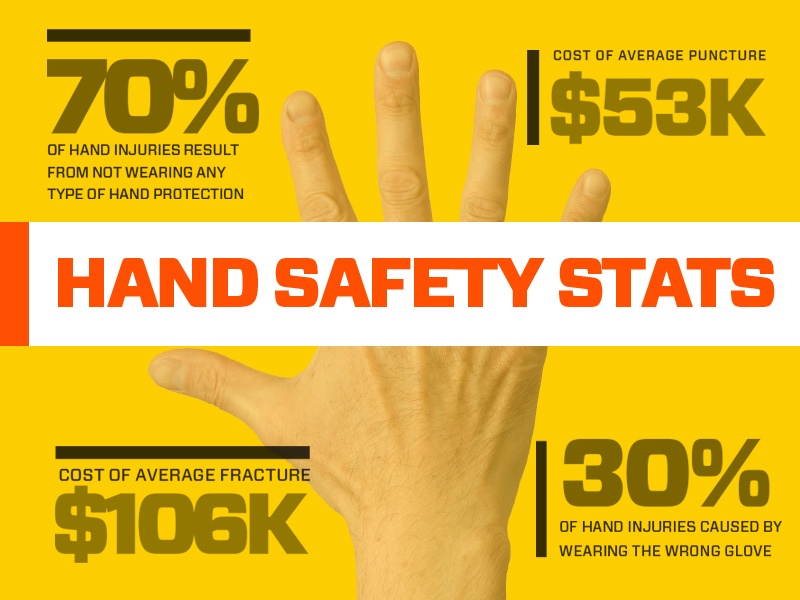Hand and Power Tool Safety
August 03, 2018
According to the National Safety Council, accidental injury has become the No. 3 cause of death. Based on new injury statistics, an American is accidentally injured every second and killed every three minutes by a preventable event. Power and hand tool injuries are included in these stats.
The types of power tools are determined by their power source: electric, pneumatic, liquid fuel, hydraulic, and powder-actuated. Portable power tools are not hand tools. Hand tools are operated without electricity or other power. Both power and hand tools may be a safety hazard if not used appropriately.
There is a wide variety of power and hand tools available on the market today, allowing us to perform more tasks efficiently. Therefore, it is easy to become too comfortable with their use. This article serves as a reminder to keep safety first, safety always.
If using a power or hand tools, start with wearing appropriate personal protective equipment such as safety goggles and gloves to protect against hazards. Next, check workplace floors. They should be kept as clean and dry as possible to prevent accidental slips with or around dangerous power and hand tools.
Power tool general precautions:
- Power tools must be fitted with guards and safety switches.
- Never carry a tool by the cord or hose.
- Never yank the cord or the hose to disconnect it from the receptacle.
- Keep cords and hoses away from heat, oil, and sharp edges.
- Disconnect tools when not using them, before servicing and cleaning, and when changing accessories, such as blades, bits, and cutters.
- Keep all people not involved with the work at a safe distance from the work area.
- Secure work with clamps or a vise, freeing both hands to operate the tool. See image below.
- Avoid accidental starting. Do not hold fingers on switch button while carrying a plugged-in tool.
- Maintain tools with care; keep them sharp and clean for best performance.
- Follow instructions in the user’s manual for lubricating and changing accessories.
- Be sure to keep good footing and maintain good balance when operating power tools.
- Wear proper apparel. Loose clothing, ties, or jewelry can become caught in moving parts.
- Schedule regular maintenance.
- Remove all damaged portable electric tools from use and tag them: “Do Not Use.”
